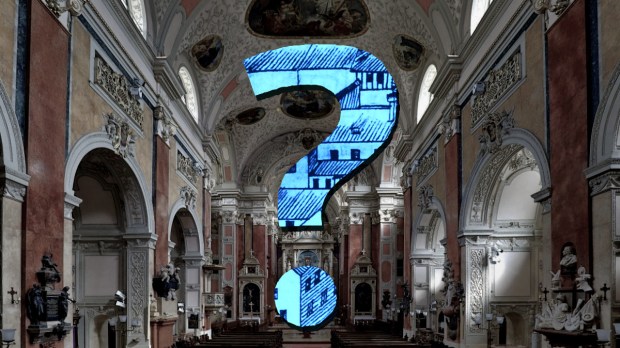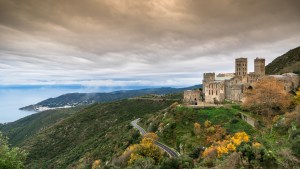Schottenklöster are, literally, Scots monasteries – that is, monasteries founded by Scottish (but also Irish) monks in Continental Europe, far from the British Isles, as a result of missionary trips undertaken by these monks. They are a significant and distinct category of medieval monastic institutions, as they are primarily associated with the Irish and Scottish Christian traditions that played a vital role in shaping the cultural and spiritual landscape of medieval Europe.
The history of Schottenklöster should be traced back to the early medieval period, from the 6th to the 8th centuries. The Irish and Scottish monks who embarked on missionary journeys from the British Islands into the European mainland were mainly sent from the great monasteries of Iona and Lindisfarne, among others. These monks, often referred to as Scoti (that is, Scots) or Hiberni (that is, Irish), sought to spread Christian monasticism to “distant lands” – today’s Germany, Austria, and Switzerland. The noted Scots Monastery in Regensburg is probably one of the most famous Schottenklöster in Germany.
These monasteries were centers of high learning, methodic and strict scholarship, and deep spirituality. That is, they not only played a crucial role in the gradual transition from paganism into Christianity of European native peoples in regions considered to be “in the peripheries” of former Roman Imperial territory, but also contributed significantly to the intellectual and cultural development of medieval Europe. Most of these monasteries, for example, kept important scriptoria where philosophical, scientific, theological, and literary works were copied, produced, preserved, taught, and passed on.
In fact, Schottenklöster were renowned centers of scholarship during the Middle Ages. Monks living and working in these cloisters were dedicated to copying and preserving manuscripts, both religious and secular, thus playing a crucial role in the transmission and preservation of ancient classic and medieval knowledge. They were often bilingual (fluent in Latin and Gaelic) and served as intermediaries between different linguistic and cultural communities.
Culturally, Schottenklöster were known for their distinctive Irish and Scottish origins – that is, for their particular way of living the Benedictine rule — and the way they eventually managed to bring Christian monasticism into their ancient Celtic traditions, for example, using natural springs to celebrate baptisms in the open air.
The Catholic Encyclopedia notes that St. Jacob Monastery at Ratisbon was the only surviving Schottenklöster in Germany by the end of the 19th century. Although since 1827 this monastery had been again permitted to accept novices, the number of its monks dwindled down to two in 1862. There being no hope of any increase, Pius IX suppressed this last Schottenklöster in his brief of September 2, 1862.



